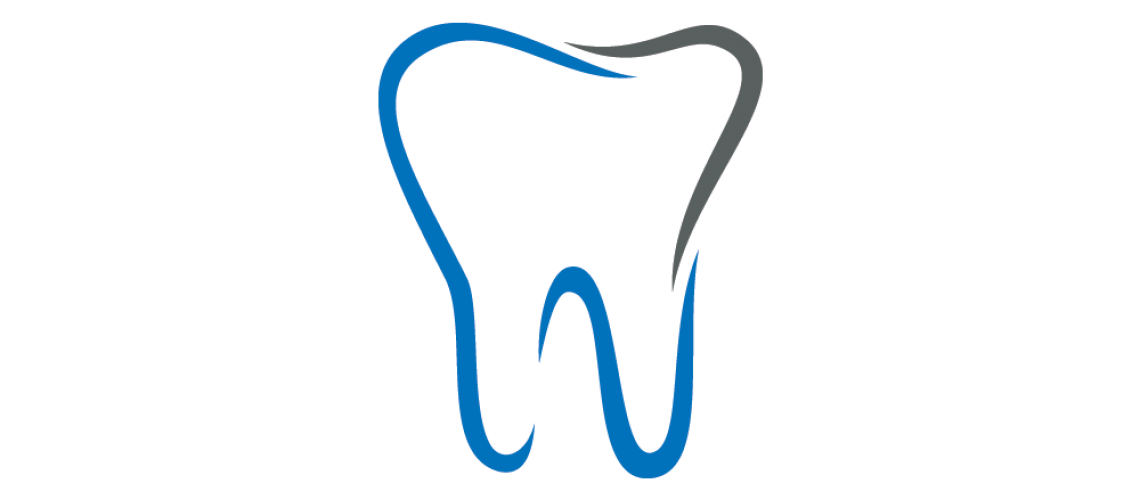Whether a fan of dental service organizations (DSOs) or not, they will continue to grow over the coming decade, squeezing out the solo-dentist that is now common.
Let’s breakdown the numbers to demonstrate how DSOs have grown over the last decade:
- The largest dental groups grew by at least 14% over the last decade, which dental spending grew 2% to 4% annually
- As of 2017, DSO market share was estimated to be worth approximately 16% to 20% of practices in the U.S.; a number continuing to grow by the day
- Some industry analysts predict 15% annual growth for DSOs over the coming 5 years
- If the industry continues to grow as some analysts predict, DSOs should have a market penetration of at least 30% by 2021
- DSOs employ or are affiliated with over 200,000 dentists in the U.S.
What’s driving the growth? Simply put, private equity (PE). DSOs are presently providing attractive returns for PE firms, which encourages them to invest more money.
Dental is actually late to the consolidation party, with many medical services such as hospitals, physician groups, ambulatory surgery centers, urgent care centers, dermatology and more specialties already having been through their own PE wave and consolidation. Pain management is a specialty presently going through consolidation.
Things are not perfect for DSOs. Recruiting is a major challenge. When a dentist transitions to a DSO and then retires, it creates a vacuum that causes it to become increasingly difficult for DSOs to fill clinical positions. For highly productive dentists, it may require hiring two new affiliates to make up for the reduced production from a single provider.


